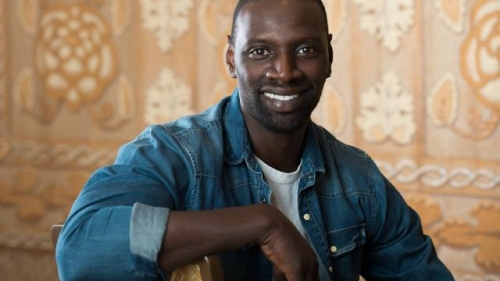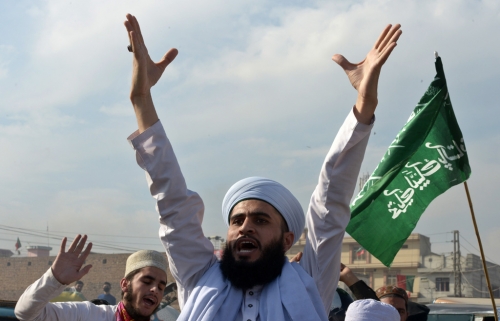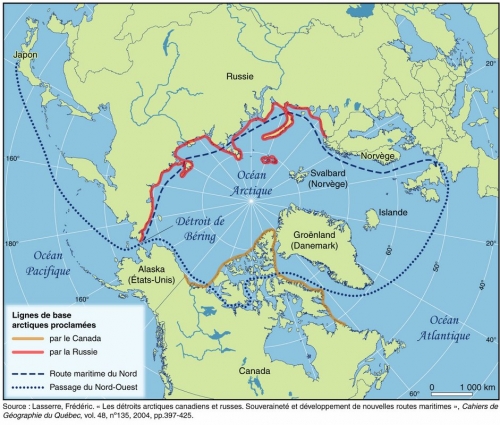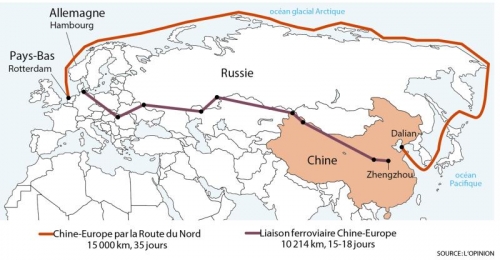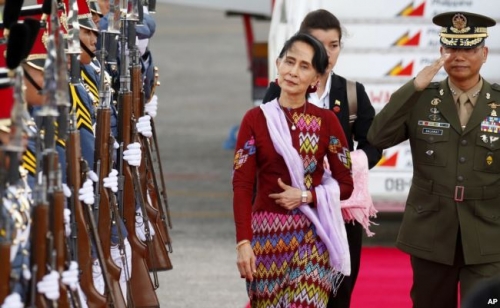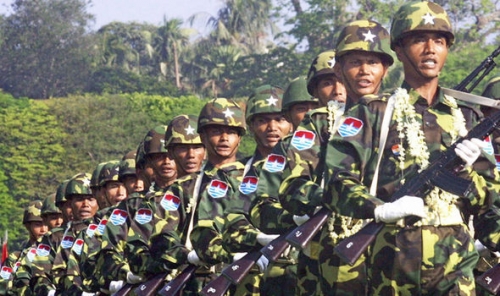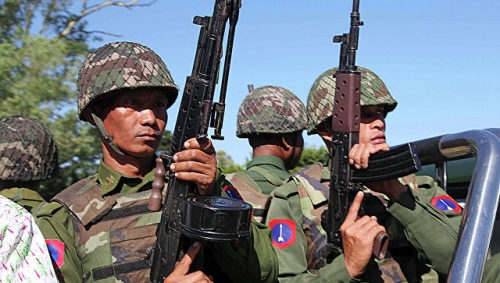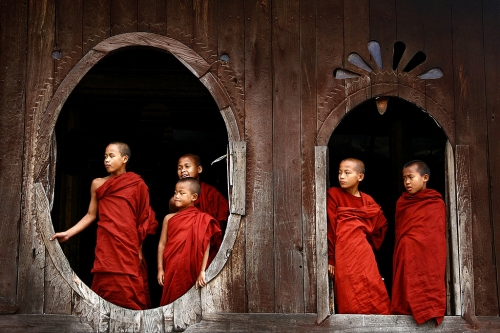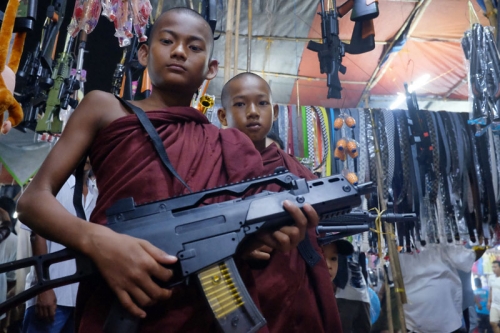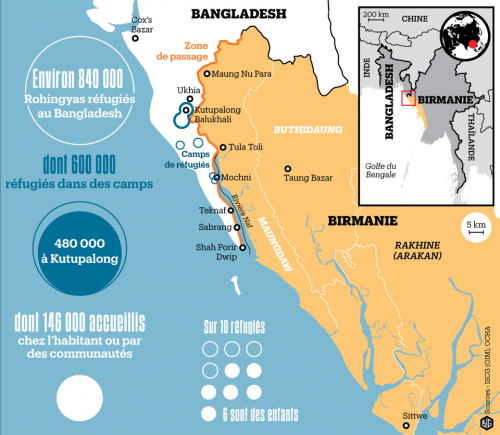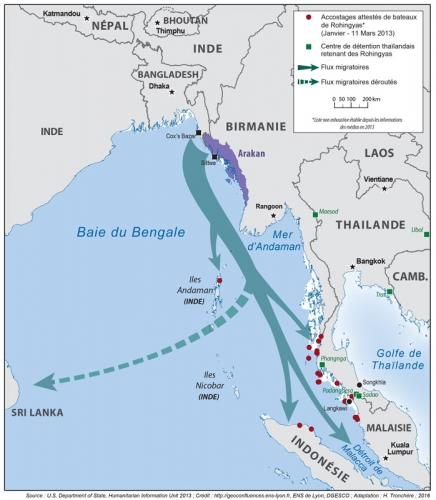Ex: https://histoireetsocietes.wordpress.com
Lorsque Deng Xiaoping, architecte en chef de la réforme et de l’ouverture menées en Chine, avait rencontré en août 1985 le président tanzanien de l’époque, Julius Kambarage Nyerere, venu effectuer une visite en Chine, il avait affirmé : « Notre réforme est une expérimentation, aussi bien pour la Chine que pour le monde. Si elle réussit, nous pourrons fournir nos expériences pour qu’elles servent la cause socialiste et le développement dans les pays sous-développés aux quatre coins du globe. »
Aujourd’hui, plus de trente ans après le lancement de la politique de la réforme et de l’ouverture, la Chine polarise l’attention du monde de par son succès économique phénoménal. Elle a non seulement réussi l’exploit de faire sortir plus de 700 millions d’habitants de la pauvreté, mais en plus, elle est parvenue à se hisser au rang de deuxième économie mondiale juste derrière les États-Unis.
Alors comment la Chine a-t-elle pu opérer cette brillante métamorphose ? Tout au long de la réforme, comment le Parti communiste chinois (PCC), en tant que parti au pouvoir, a-t-il fait pour consolider sa capacité à gouverner et gagner constamment en popularité auprès du peuple ?
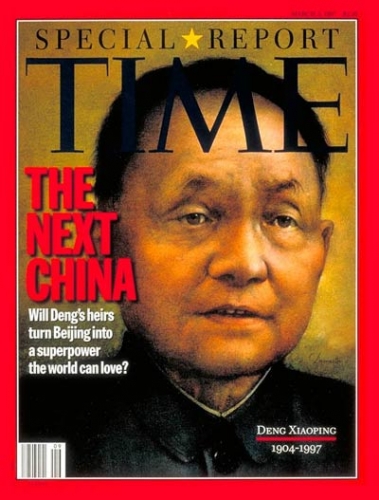 Développement économique et gouvernance politique
Développement économique et gouvernance politique
Au cours de ces trente dernières années de réforme et d’ouverture, la Chine a accumulée une expérience très riche et variée en matière de développement, qui couvre de multiples domaines : agriculture, industrie, commerce extérieur, réduction de la pauvreté, culture et éducation, développement des ressources humaines, renforcement des capacités de gouvernance, etc.
Depuis longtemps, les réalisations du développement économique chinois s’attirent largement l’admiration et les éloges du monde, y compris les pays occidentaux. Quant aux nombreux pays en développement, ils s’inspirent de l’expérience chinoise, en particulier de celle acquise dans la réduction de la pauvreté et le développement économique, puisqu’il s’agit des deux principaux objectifs ciblés par les gouvernements de ces pays.
Les accomplissements de la Chine dans ces deux domaines sont applaudis et très peu contestés à l’échelle internationale. Toutefois, la route est encore longue et sinueuse avant que le monde parvienne à comprendre pleinement la gouvernance politique de la Chine. D’après certains, la réforme chinoise ne se borne qu’à la dimension économique, alors qu’elle marque le pas dans la dimension politique. À en croire d’autres, la réforme économique chinoise va trop vite, tandis que son régime politique, inadapté, finira par s’effondrer.
À la fin des années 1980 et au début des années 1990, avec l’éclatement de l’URSS et la fin de la Guerre froide, des grands débats et pronostics sur « l’effondrement de la Chine » ont émergé dans le monde occidental, en écho à la thèse de « la fin de l’histoire » prêchée par le chercheur américain d’origine japonaise Francis Fukuyama. Comme la suite l’a démontré, la Chine ne s’est pas effondrée, bien au contraire ! Elle s’est engagée d’un pas plus assuré sur la voie du développement et de la stabilité. Néanmoins, les préjugés et les idées négatives sur la gouvernance politique chinoise, qui ont pris racine dans la méconnaissance de la Chine ou la mentalité digne de la Guerre froide, persistent dans l’opinion publique internationale, à dominante occidentale.
Ce « nuage » formé d’a priori a commencé à se dissiper au début du XXIe siècle, époque caractérisée par un monde plus globalisé et secouée par des bouleversements nouveaux, en particulier dans la dernière décennie. Alors que le monde a subi la crise financière survenue en 2008 et le Printemps arabe amorcé fin 2010, soit deux épreuves d’une portée planétaire menaçant le développement économique et sociopolitique, la Chine socialiste sous la direction du PCC n’a connu ni krach financier en réplique au séisme frappant l’épicentre capitaliste, ni crise sociopolitique tels les troubles connus dans le monde arabe, en dépit des prédictions de certains observateurs occidentaux. A contrario, grâce à son système politique présentant certains avantages, elle s’est avérée plus résiliente aux pressions et aux chocs que les États-Unis et l’Europe, avec leurs systèmes capitalistes.
Ainsi, ces dernières années, la gouvernance politique chinoise est devenue un sujet d’attention pour une foule d’analyses, au même titre que le partage de l’expérience chinoise en matière de développement. En septembre 2014, le livre Xi Jinping : la gouvernance de la Chine a été publié pour la première fois. En seulement deux ans et demi, cet ouvrage traduit en de nombreuses langues (anglais, français, russe, arabe, espagnol, portugais, allemand, japonais, etc.) a été imprimé à plus de six millions d’exemplaires dans une centaine de pays et régions du monde. De plus en plus de gouvernements et partis politiques étrangers, fascinés par les prouesses attribuées à la « voie chinoise », se sont mis à puiser des idées dans la sagesse des dirigeants et du parti au pouvoir chinois. De nombreux pays en développement notamment espèrent trouver, par le biais de l’expérience chinoise, leur propre voie de développement sur l’actuel échiquier international, caractérisé par un multilatéralisme croissant et l’essor du monde non occidental. Ainsi, l’expérience chinoise voit son attractivité dépasser le cadre du développement économique pour atteindre la sphère de la gouvernance politique.
En particulier depuis le XVIIIe Congrès du PCC, les réalisations de la Chine, par exemple dans l’édification du Parti et la lutte contre la corruption, sont au vu et au su de la communauté internationale. Ainsi, tout naturellement, l’intérêt qu’éprouvent les pays en développement pour le « modèle chinois » ne se cantonne plus au développement économique, mais commence à s’étendre au développement politique, qui se traduit par l’édification du Parti et la gouvernance de l’État. Par ailleurs, certaines mesures telles que les formations proposées aux partis politiques étrangers, les dialogues entre les partis et l’établissement de mécanismes d’échanges ont également pris une place importante dans les relations qu’entretiennent les pays en développement avec la Chine.
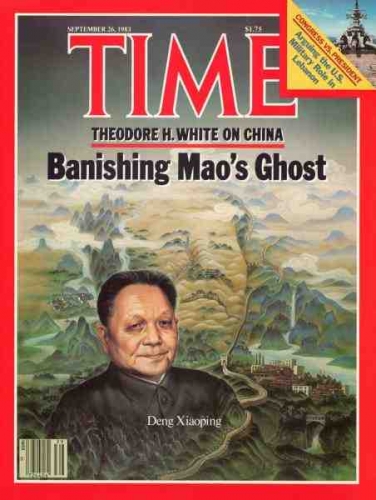 Réforme progressive
Réforme progressive
L’un des principes au cœur de l’expérience chinoise consiste à procéder à la réforme de manière progressive, en pondérant les rapports entre réforme, développement et stabilité, en vertu d’un concept de développement qui évolue avec son temps. Dans un pays en développement en pleine transition, les grandes réformes ont inévitablement des répercussions sur la structure sociale d’origine et sa stabilité. Or, la réforme se doit de considérer la stabilité comme la prémisse et le développement comme la finalité. La voie chinoise de réforme et d’ouverture adhère donc au principe suivant lequel « la stabilité est prioritaire ». Comme le soulignait Deng Xiaoping, « la stabilité passe avant tout ». Il faut apaiser l’agitation sociale et conforter la stabilité avant de rechercher le développement, puis entretenir cette stabilité grâce aux fruits de la réforme et du développement, afin de parvenir à un équilibre coordonné entre stabilité, développement et réforme.
Au cours de la réforme et du développement économiques, le gouvernement chinois a appliqué une « approche par tâtonnements » pour garantir une transition en douceur, considérant qu’une réforme radicale serait susceptible de provoquer des turbulences dans l’économie nationale et ainsi d’accroître le risque et la probabilité d’échec de la réforme. En d’autres termes, il s’attaque aux questions les plus faciles d’abord et les plus difficiles ensuite, étape par étape. En outre, il commence toujours par mettre en œuvre des projets pilotes, puis, en fonction des résultats obtenus, décide ou non de les généraliser et de les promouvoir. Que ce soit l’instauration du système d’exploitation forfaitaire à base familiale en milieu rural ou la promotion des entreprises rurales, que ce soit la réforme des entreprises publiques ou la réforme du secteur financier, sans oublier les réformes opérées dans l’emploi, la sécurité sociale, la répartition des revenus et le registre d’état civil, lesquelles visent à soutenir le passage d’une économie planifiée à une économie de marché… Dans toutes ces réformes, l’objectif a toujours été d’atténuer le choc ressenti par les groupes les plus vulnérables, ainsi que de limiter ou de répartir les coûts et les risques associés.
Dans le domaine politique, c’est également dans le respect de cette prémisse, la stabilité, que les réformes s’opèrent. Celles-ci consistent à élargir graduellement la participation politique, tout en promouvant activement les recherches et essais relatifs aux élections démocratiques (organisées dans un premier temps aux échelons de base) et à la démocratie au sein du Parti, dans le but ultime de réaliser l’égalité politique.
C’est grâce à cette progression graduelle et ordonnée que la réforme chinoise a pu s’approfondir cycle après cycle. Et dans le même temps, cette réforme méthodique a permis à la Chine d’accomplir, dans l’ensemble, une transition socioéconomique particulièrement vaste et profonde, en un laps de temps très court et dans des circonstances relativement harmonieuses et stables.
Depuis le lancement de la réforme et de l’ouverture il y a plus de trente ans, au-delà d’équilibrer les relations réforme-développement-stabilité, le gouvernement chinois, avec les différentes générations de dirigeants, s’attache à guider en tout temps le développement, l’envisageant selon une conception évolutive, pour que celui-ci réponde en permanence aux exigences de l’époque. Considérant que « les problèmes découlant du développement doivent être résolus par le développement » et que « le développement constitue la source et la solution des problèmes », il saisit le « développement » comme une clé multifonction pour engager les diverses réformes.
Tout comme les défis et les tâches auxquels fait face la Chine évoluent en fonction des stades de développement traversés, le concept de développement chinois a été renouvelé à plusieurs reprises ces trente dernières années. Dans les années 1970 et 1980, au sortir de la Révolution culturelle, le plus grand défi à relever pour la Chine consistait à sortir de son état de faiblesse et de pauvreté, et à réaliser les « quatre modernisations » de l’industrie, de l’agriculture, de la défense nationale, ainsi que des sciences et des technologies. Ainsi, l’architecte en chef et pionnier de la réforme et de l’ouverture, Deng Xiaoping, a avancé les fameux préceptes « Le développement est la pierre de touche » ou « Peu importe que le chat soit noir ou blanc, pourvu qu’il attrape les souris ». Guidée par ce concept de développement, l’économie chinoise a suivi une progression fulgurante, avec un taux de croissance à deux chiffres.
Cependant, ce développement exponentiel a produit des effets secondaires, notamment un développement extensif, la pollution de l’environnement et l’accroissement des disparités de revenus. Afin de résoudre les problèmes découlant du développement, la troisième session plénière du XVIe Comité central du PCC, tenue en octobre 2003, a présenté le nouveau concept de développement scientifique. Les grands principes de ce concept sont les suivants : insister sur une planification générale sans pour autant négliger chaque domaine particulier ; placer l’homme au centre de toutes les préoccupations ; établir un concept de développement global, coordonné et durable ; et favoriser le développement à la fois socioéconomique et humain. D’après ce nouveau concept de développement scientifique, il serait simpliste d’assimiler la croissance du PIB au développement et au progrès social, et à ce compte-là, il convient de remédier aux déséquilibres observés dans certains domaines et certaines régions, où les progrès sociaux, la valeur attribuée à l’homme et le bien-être à long terme sont négligés au profit des indices économiques, des acquisitions matérielles et des intérêts immédiats.
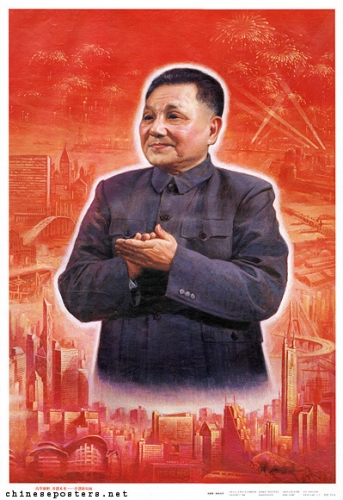 À l’heure où l’environnement économique et commercial international est de plus en plus complexe et hasardeux, le Comité central du PCC, avec le camarade Xi Jinping comme noyau dirigeant, a lancé en temps opportun le concept de développement innovant, coordonné, vert, ouvert et partagé. M. Xi a indiqué : « Nous devons prendre conscience que l’économie chinoise, en dépit du volume considérable qu’elle représente, n’est pas encore robuste et qu’en dépit de sa croissance très rapide, elle n’affiche pas une qualité optimale. Notre modèle de développement extensif qui misait principalement sur les facteurs de production, en particulier les ressources, pour stimuler la croissance économique et l’expansion du volume économique n’est pas durable. Il est temps d’accélérer notre transformation pour passer d’un développement essentiellement alimenté par les facteurs de production et l’investissement massif à un développement tiré par l’innovation. »
À l’heure où l’environnement économique et commercial international est de plus en plus complexe et hasardeux, le Comité central du PCC, avec le camarade Xi Jinping comme noyau dirigeant, a lancé en temps opportun le concept de développement innovant, coordonné, vert, ouvert et partagé. M. Xi a indiqué : « Nous devons prendre conscience que l’économie chinoise, en dépit du volume considérable qu’elle représente, n’est pas encore robuste et qu’en dépit de sa croissance très rapide, elle n’affiche pas une qualité optimale. Notre modèle de développement extensif qui misait principalement sur les facteurs de production, en particulier les ressources, pour stimuler la croissance économique et l’expansion du volume économique n’est pas durable. Il est temps d’accélérer notre transformation pour passer d’un développement essentiellement alimenté par les facteurs de production et l’investissement massif à un développement tiré par l’innovation. »
En conclusion, c’est en persistant dans l’idée de développement, mise au diapason de son époque, que la Chine est devenue sans conteste l’exemple type d’un État développeur.
Gouvernement fort et politiques adéquates
Le second principe au cœur de l’expérience chinoise consiste à avoir un gouvernement fort et engagé dans le développement, ainsi que des dirigeants visionnaires et des politiques adéquates. Dans un pays en pleine transition, il est nécessaire d’avoir, à certaines périodes et pour certains domaines, un « gouvernement fort », doté d’une grande autorité politique et d’une vive capacité en matière de gouvernance. L’objectif étant d’unir la population nationale autour d’une volonté commune et d’un sentiment de cohésion, ainsi que de conjuguer les efforts de tout le pays pour faire progresser de manière ordonnée les réformes économiques, sociales et politiques.
Dans l’histoire humaine, les faits démontrent depuis longtemps que le développement économique peut être atteint dans des circonstances politiques autres que la démocratie occidentale. Dans les années 1960 et 1970, certains pays et régions en développement (à l’instar des « Quatre dragons asiatiques ») ont connu une croissance économique assez rapide. Pour expliquer cet essor des économies émergentes de l’Asie de l’Est, dont la Chine, de nombreux chercheurs occidentaux ont recouru au concept du soi-disant « État développeur ». Selon leur définition, « un État développeur se caractérise par un modèle de développement économique dirigé par un gouvernement fort et faisant preuve d’une ferme volonté de développement économique, un gouvernement capable de mobiliser et de redistribuer efficacement les diverses ressources dans le but de promouvoir le développement national. »
Concernant le régime politique, bien que le système de collaboration multipartite et de consultation politique sous la direction du PCC ait longtemps été interprété par les sociétés occidentales comme « un parti unique au pouvoir de longue date », toutes les analyses faisant preuve d’objectivité reconnaissent qu’« un parti unique au pouvoir de longue date » est plus à même d’assurer une continuité politique. Élaboré pour la première fois en 1949 sous la houlette du PCC, le Plan quinquennal pour le progrès social et le développement économique en est désormais à sa XIIIe édition.
En accord avec les plans quinquennaux successifs, la Chine poursuit ses efforts de manière ordonnée dans la construction d’infrastructures, dans l’aménagement de zones économiques spéciales, ainsi que dans la coopération internationale en matière de capacités de production et pour la construction des Nouvelles Routes de la Soie. De plus, le PCC ne cesse de perfectionner ses équipes de cadres dirigeants aux différents échelons par le biais du système de mandat, de la direction collective, de la sélection au mérite et de la mise en concurrence des candidats aux postes. C’est donc en assurant une « bonne gouvernance » plutôt qu’en poursuivant aveuglément la « démocratisation des élections » que le PCC cherche à renforcer sa popularité, qui constitue le socle de la gouvernance de l’État.
En outre, bien que les réalisations du développement économique chinois soient connues et reconnues du monde entier, très peu de gens semblent se rendre compte que la Chine a mené sa réforme économique en simultané et en symbiose avec sa réforme sociopolitique. Les résultats obtenus à travers la réforme économique sont donc indissociables des efforts déployés dans le cadre de la réforme sociopolitique. Ces trente dernières années, de nombreuses réformes progressives sur la supervision du pouvoir et la mise en œuvre de contre-pouvoirs sont menées, notamment dans le système de direction, le système de nomination des cadres dirigeants, le système électoral (élections internes au Parti, mais aussi élections aux échelons de base), les systèmes législatif et judiciaire, ainsi que le système de prise de décision.
De cette manière, la réforme économique peut progresser en continu et en profondeur, et au cours de la transition socioéconomique majeure, les différentes ethnies et les diverses couches sociales parviennent à vivre en harmonie et à concilier leurs intérêts. Bien sûr, la Chine est encore confrontée à de nombreux défis dans son processus de développement, comme le fossé entre riches et pauvres ou les inégalités entre les différentes régions. Mais du point de vue diachronique, le peuple chinois jouit de droits économiques, sociaux et politiques toujours plus nombreux, aujourd’hui à un niveau sans précédent dans son histoire. C’est sans doute pourquoi le « Consensus de Beijing » axé sur le développement est en mesure de concurrencer le « Consensus de Washington » axé sur la libéralisation économique. D’ailleurs, ce « Consensus de Beijing » est aujourd’hui prisé par un nombre croissant de pays en développement.
*HE WENPING est chercheuse senior à l’Institut Chahar et chercheuse à l’Institut de recherche sur l’Asie de l’Ouest et l’Afrique qui relève de l’Académie des sciences sociales de ChinePropos d’expert
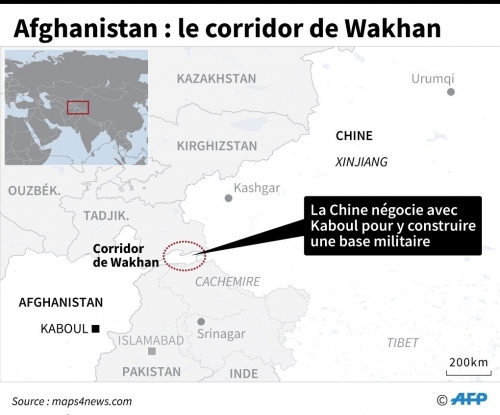
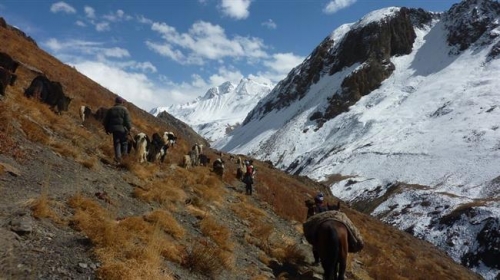



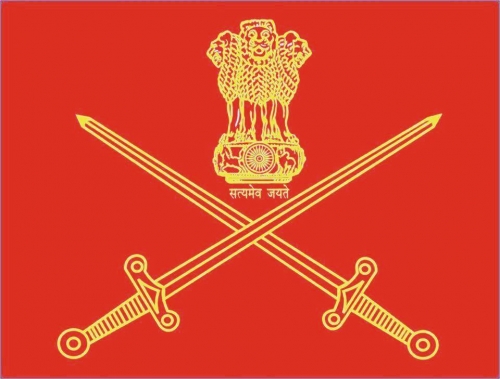
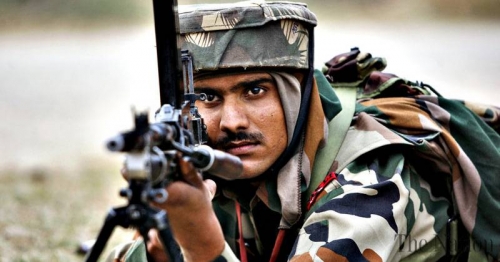
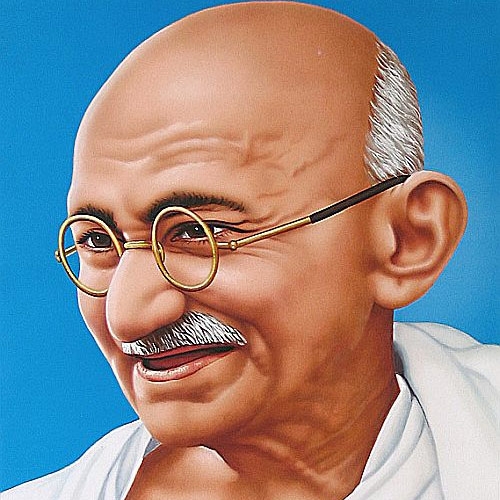 After India became independence in 1947, the country was mainly regarded as pacifist, because of the Mahatma Gandhi strategy toward the British colonialists. A non-resistance to evil with violence was popular in the various anti-war movements in Western Europe and particularly in the USA during the Vietnam War. However, Gandhi used the concept of Satyagraha (insistence on truth) as an instrument of political struggle that was not based on national and popular Hindu tradition, but on the eclectic mixture of reformist Hinduism, the Upanishads and Jainism philosophy, promoting prohibition of the living creature’s murder, including harmful insects. The post-colonial heritage is important too. In the 1980s, А. К. Коul of the University of Delhi said that the whole concept of international law was based on the rationale and justification of the lawfulness of the Third World enslavement and plunder, which has been declared uncivilized.
After India became independence in 1947, the country was mainly regarded as pacifist, because of the Mahatma Gandhi strategy toward the British colonialists. A non-resistance to evil with violence was popular in the various anti-war movements in Western Europe and particularly in the USA during the Vietnam War. However, Gandhi used the concept of Satyagraha (insistence on truth) as an instrument of political struggle that was not based on national and popular Hindu tradition, but on the eclectic mixture of reformist Hinduism, the Upanishads and Jainism philosophy, promoting prohibition of the living creature’s murder, including harmful insects. The post-colonial heritage is important too. In the 1980s, А. К. Коul of the University of Delhi said that the whole concept of international law was based on the rationale and justification of the lawfulness of the Third World enslavement and plunder, which has been declared uncivilized.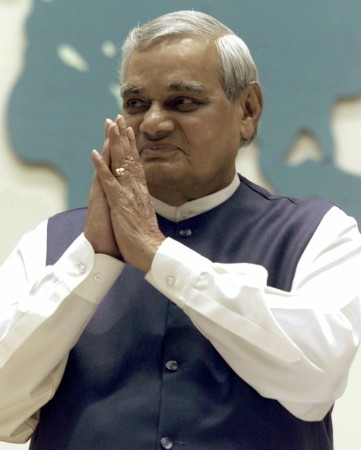 Throughout the independent state’s history, within Indian political circles, the fluctuation from secularism to traditionalism was also noticeable. Despite this fact, as Stephen Cohen noted, since Nehru to Rajiv Gandhi’s term and then under the Vajpayee’s Indian People's Party there was antagonism in local cultural issues (the previous ruling Congress was secular, whilst Vajpayee’s Party was culturally nationalistic – Hindutva), the international and defense policy remained the same strategic policy
Throughout the independent state’s history, within Indian political circles, the fluctuation from secularism to traditionalism was also noticeable. Despite this fact, as Stephen Cohen noted, since Nehru to Rajiv Gandhi’s term and then under the Vajpayee’s Indian People's Party there was antagonism in local cultural issues (the previous ruling Congress was secular, whilst Vajpayee’s Party was culturally nationalistic – Hindutva), the international and defense policy remained the same strategic policy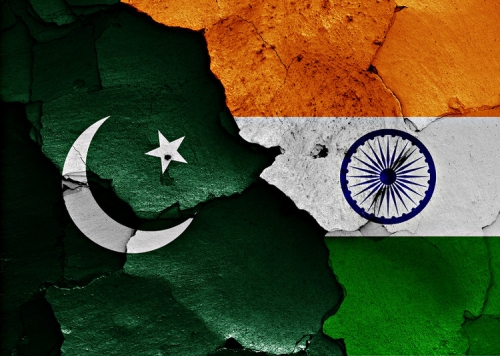
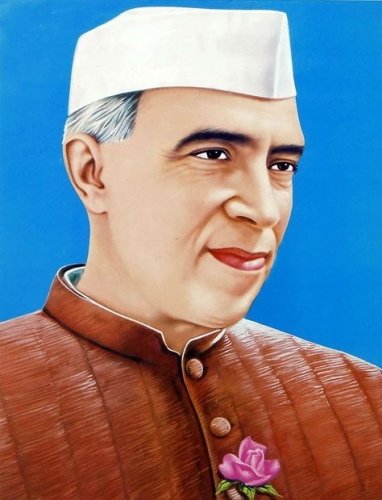 So, you can extract some conclusions which are quite clear: the Indian hyperrealists can use external forces to justify the escalation of a conflict, while the Nehruvianists would try to reach a consensus, and the neoliberals would resolve issues from the pragmatic (economic) point of view. Russia has a significant advantage. It doesn’t have common borders with India, it has quite a good attitude toward it, that is based on historical experience. India, along with Russia, is part of BRICS, and is ready to participate in the development of new international rules. Russia can interact wisely with the representatives of all three branches of India's strategic culture. The hyperrealists will be extremely interested in Russian weapons, modernization programs and, generally, a wide range of military cooperation. In some cases, Russia can use smart power and send certain signals to countries like Pakistan and China, through the Indian hyperrealists. Parenthetically, Bangladesh and Nepal should not be taken into account, as they don’t have any effect on the regional balance of power. The neoliberal approach can be used from a purely pragmatic point of view: trade, economic, and industrial cooperation. Nuclear energy, as well as research and high-tech, including the aerospace industry, may be quite promising to Russia, and these interests are included in the Nehruvianists’ agenda.
So, you can extract some conclusions which are quite clear: the Indian hyperrealists can use external forces to justify the escalation of a conflict, while the Nehruvianists would try to reach a consensus, and the neoliberals would resolve issues from the pragmatic (economic) point of view. Russia has a significant advantage. It doesn’t have common borders with India, it has quite a good attitude toward it, that is based on historical experience. India, along with Russia, is part of BRICS, and is ready to participate in the development of new international rules. Russia can interact wisely with the representatives of all three branches of India's strategic culture. The hyperrealists will be extremely interested in Russian weapons, modernization programs and, generally, a wide range of military cooperation. In some cases, Russia can use smart power and send certain signals to countries like Pakistan and China, through the Indian hyperrealists. Parenthetically, Bangladesh and Nepal should not be taken into account, as they don’t have any effect on the regional balance of power. The neoliberal approach can be used from a purely pragmatic point of view: trade, economic, and industrial cooperation. Nuclear energy, as well as research and high-tech, including the aerospace industry, may be quite promising to Russia, and these interests are included in the Nehruvianists’ agenda.
 del.icio.us
del.icio.us
 Digg
Digg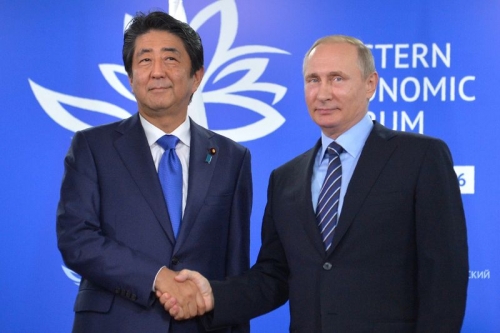
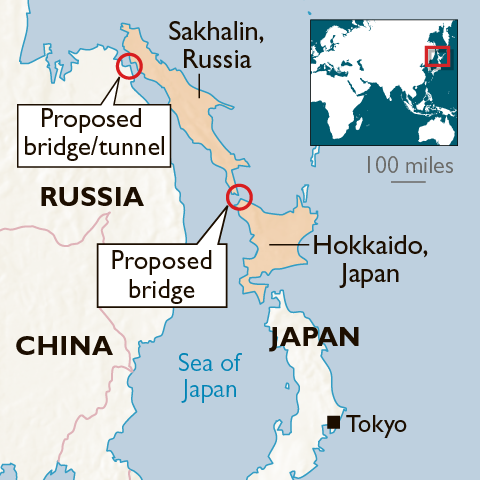 Il ne faut pas sous-estimer les points sur lesquels les deux économies pourraient dès maintenant coopérer, si les circonstances politiques le permettaient. La Russie représente un vaste marché de consommation, que les industries russes peineront à satisfaire, faute de financements et de produits adaptés. Son vaste continent, notamment au delà du cercle polaire, est assez grand pour accueillir des investisseurs japonais. Ceux-ci diminueraient la dépendance actuelle à l'égard de la Chine. En contrepartie, la Russie pourrait fournir des matières premières et de l'énergie dont le Japon manque cruellement. Ses industries militaires qui sont extrêmement compétitives et modernes, pourraient intéresser Tokyo au cas où celui-ci déciderait de se constituer une défense indépendante des forces américaines et de leurs matériels.
Il ne faut pas sous-estimer les points sur lesquels les deux économies pourraient dès maintenant coopérer, si les circonstances politiques le permettaient. La Russie représente un vaste marché de consommation, que les industries russes peineront à satisfaire, faute de financements et de produits adaptés. Son vaste continent, notamment au delà du cercle polaire, est assez grand pour accueillir des investisseurs japonais. Ceux-ci diminueraient la dépendance actuelle à l'égard de la Chine. En contrepartie, la Russie pourrait fournir des matières premières et de l'énergie dont le Japon manque cruellement. Ses industries militaires qui sont extrêmement compétitives et modernes, pourraient intéresser Tokyo au cas où celui-ci déciderait de se constituer une défense indépendante des forces américaines et de leurs matériels.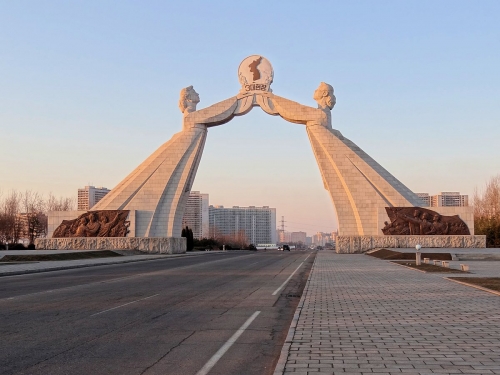
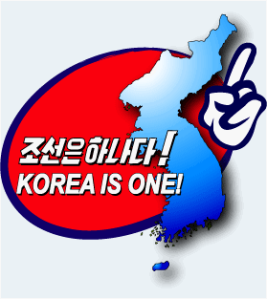 Ceci bien évidemment s'est fait sans demander l'accord des Etats-Unis qui expriment actuellement leur fort mécontentement. Nul ne sait si les deux pays réussiront à s'entendre, ni sur quelles bases ceci se ferait. Mais beaucoup d'hypothèses très positives circulent en ce moment.
Ceci bien évidemment s'est fait sans demander l'accord des Etats-Unis qui expriment actuellement leur fort mécontentement. Nul ne sait si les deux pays réussiront à s'entendre, ni sur quelles bases ceci se ferait. Mais beaucoup d'hypothèses très positives circulent en ce moment.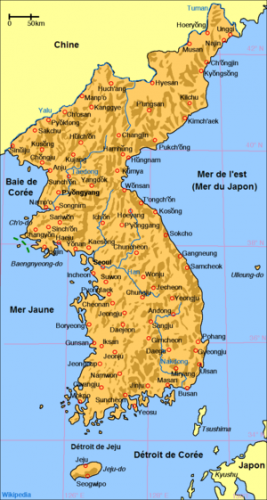
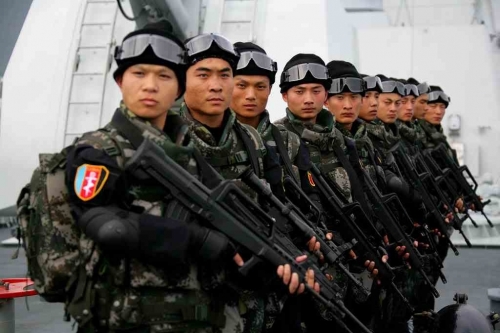

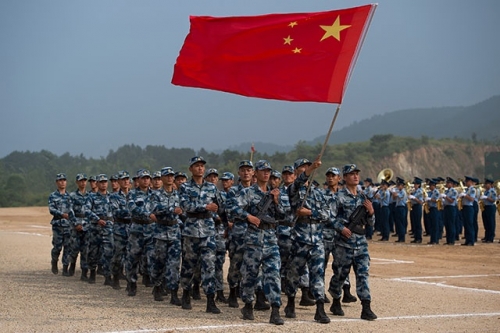
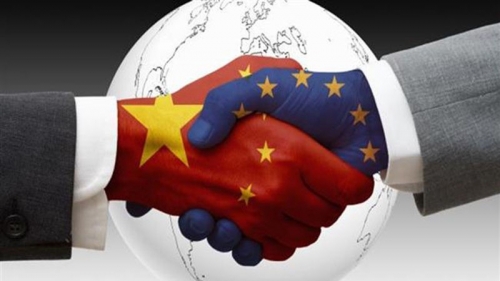
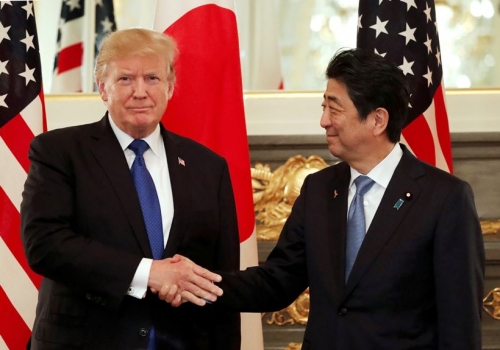
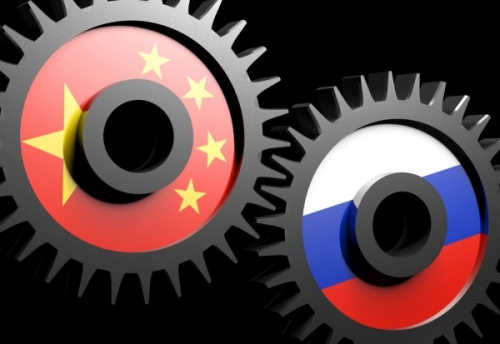
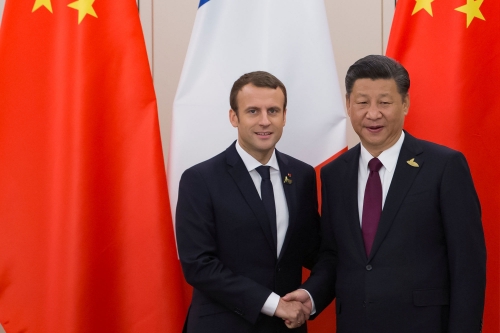
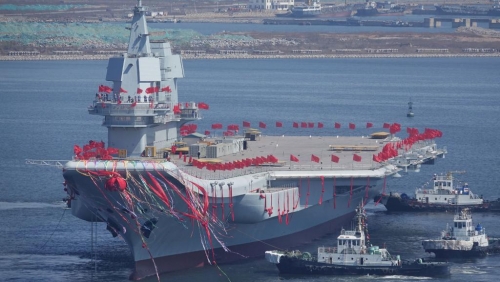
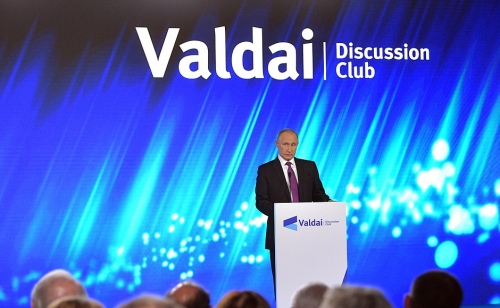
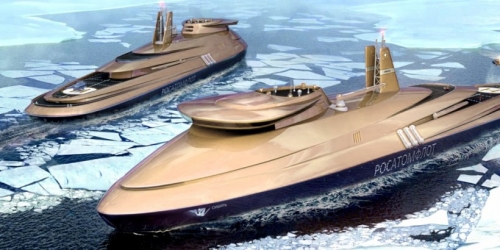

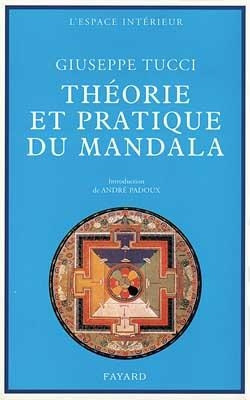 Era il 5 giugno del 1894 quando un bimbo dagli occhi curiosi e le mani sempre pronte ad afferrare ciò che incontrava sul suo cammino nasceva in un confortevole appartamento di Macerata. Oggi la targa che ricorda la sua persona si trova in corso Cavour ed è facilmente visibile, tuttavia sono in molti ad avere ricordi di un adolescente di via Crispi originale, poco avvezzo a far amicizia, sempre immerso in letture e passeggiate tra le rovine storiche, che aveva attirato l'attenzione su di sé poiché spesso, durante il freddo inverno dell'entroterra marchigiano, usciva in balcone a dorso nudo e si cimentava in difficilissimi esercizi di yoga. Nessuno poteva immaginare che la città di Macerata sarebbe arrivata in un futuro non troppo lontano a dedicargli persino una via e una sede didattica a
Era il 5 giugno del 1894 quando un bimbo dagli occhi curiosi e le mani sempre pronte ad afferrare ciò che incontrava sul suo cammino nasceva in un confortevole appartamento di Macerata. Oggi la targa che ricorda la sua persona si trova in corso Cavour ed è facilmente visibile, tuttavia sono in molti ad avere ricordi di un adolescente di via Crispi originale, poco avvezzo a far amicizia, sempre immerso in letture e passeggiate tra le rovine storiche, che aveva attirato l'attenzione su di sé poiché spesso, durante il freddo inverno dell'entroterra marchigiano, usciva in balcone a dorso nudo e si cimentava in difficilissimi esercizi di yoga. Nessuno poteva immaginare che la città di Macerata sarebbe arrivata in un futuro non troppo lontano a dedicargli persino una via e una sede didattica a 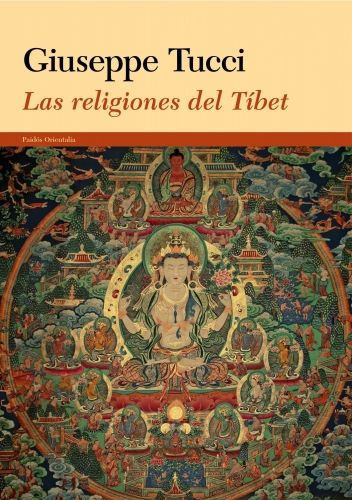 Giuseppe strinse la cinghia che teneva incollati tra loro gli antichi libri e sorrise compiaciuto. Era giunto il momento di lasciare Lhasa dopo che, non molto tempo prima, era davvero riuscito a farsi ammettere – unico uomo di tutta la spedizione – sfruttando una motivazione assai semplice: era buddista. Lo era diventato, in effetti, durante la precedente visita al Tibet nel 1935 grazie all'iniziazione dell'abate di Sakya Ngawang Thutob Wangdrag. Lo raccontò lui stesso nel libro Santi e briganti nel Tibet ignoto, esplicitando anche la convinzione di essere stato un tibetano e di essersi reincarnato nei panni di un esploratore per dare voce e lustro alla cultura di un popolo in continuo pericolo, ancora troppo ignoto al resto dell'umanità. Ed era proprio per questo motivo che Tucci, in quella soleggiata giornata dall'aria frizzantina proveniente dalle vette che si estendevano intorno a lui in lontananza, non aveva nessuna intenzione di restituire l'opera costituita da ben 108 volumi preziosi e di inestimabile valore che il Dalai Lama
Giuseppe strinse la cinghia che teneva incollati tra loro gli antichi libri e sorrise compiaciuto. Era giunto il momento di lasciare Lhasa dopo che, non molto tempo prima, era davvero riuscito a farsi ammettere – unico uomo di tutta la spedizione – sfruttando una motivazione assai semplice: era buddista. Lo era diventato, in effetti, durante la precedente visita al Tibet nel 1935 grazie all'iniziazione dell'abate di Sakya Ngawang Thutob Wangdrag. Lo raccontò lui stesso nel libro Santi e briganti nel Tibet ignoto, esplicitando anche la convinzione di essere stato un tibetano e di essersi reincarnato nei panni di un esploratore per dare voce e lustro alla cultura di un popolo in continuo pericolo, ancora troppo ignoto al resto dell'umanità. Ed era proprio per questo motivo che Tucci, in quella soleggiata giornata dall'aria frizzantina proveniente dalle vette che si estendevano intorno a lui in lontananza, non aveva nessuna intenzione di restituire l'opera costituita da ben 108 volumi preziosi e di inestimabile valore che il Dalai Lama 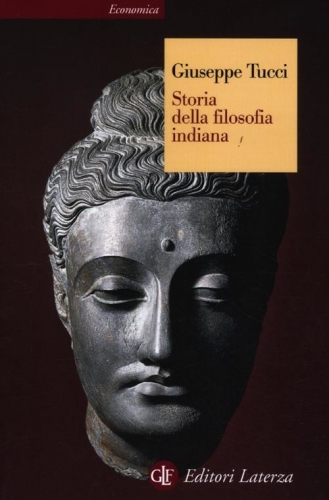 Sebbene Giuseppe Tucci sia oggi considerato unanimamente il più importante tibetologo del mondo e un esploratore, orientalista, professore e storico delle religioni di livello internazionale – contando le numerose università straniere e italiane in cui insegnò, o le prestigiose onorificenze ricevute – la sua figura resta tuttora avvolta nel mistero e nella discrezione. Acclamato nonché profondamente stimato all'estero, Tucci seppe sfruttare anche nel suo paese i legami politici e istituzionali che la sua immensa cultura gli aveva procurato; tuttavia, mai si piegò ai lustri del successo, ai salotti letterari e alla sete di visibilità, restando così un personaggio ben poco noto se si pensa all'estremo carisma che seppe emanare in vita, ma soprattutto alle incredibili missioni che svolse, degne di un'incomparabile genialità.
Sebbene Giuseppe Tucci sia oggi considerato unanimamente il più importante tibetologo del mondo e un esploratore, orientalista, professore e storico delle religioni di livello internazionale – contando le numerose università straniere e italiane in cui insegnò, o le prestigiose onorificenze ricevute – la sua figura resta tuttora avvolta nel mistero e nella discrezione. Acclamato nonché profondamente stimato all'estero, Tucci seppe sfruttare anche nel suo paese i legami politici e istituzionali che la sua immensa cultura gli aveva procurato; tuttavia, mai si piegò ai lustri del successo, ai salotti letterari e alla sete di visibilità, restando così un personaggio ben poco noto se si pensa all'estremo carisma che seppe emanare in vita, ma soprattutto alle incredibili missioni che svolse, degne di un'incomparabile genialità.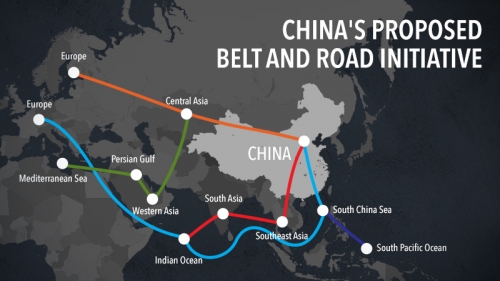
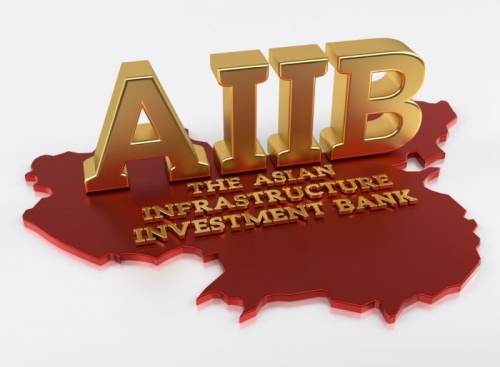
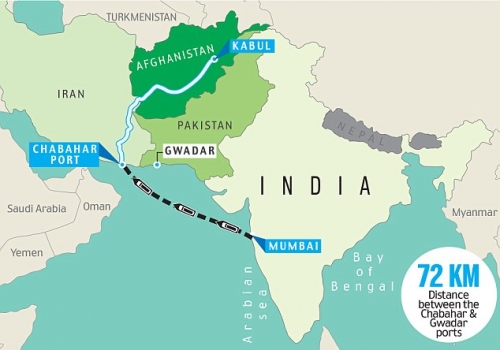

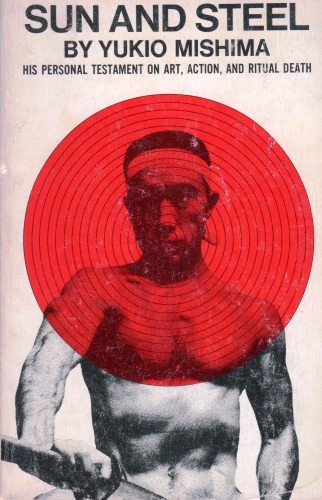
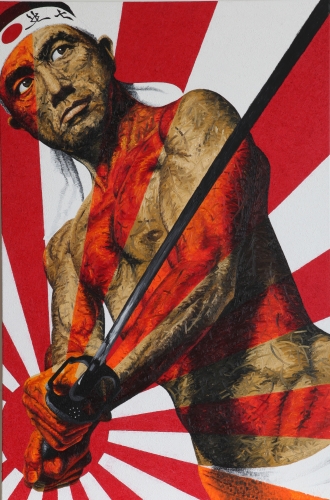 Le terme « bushidô », utilisé en ce sens serait apparue pour la première fois dans le koyo gunkan, la chronique militaire de la province du Kai dirigée par le célèbre clan des Takeda (la chronique a été compilée par Kagenori Obata (1572-1663), le fils d’un imminent stratège du clan à partir de 1615. L’historien japonais Yamamoto Hirofumi (Yamamoto Hirofumi, Nihonjin no kokoro : bushidô nyûmon, Chûkei éditions, Tôkyô, 2006), constata au cours de ses recherches l’absence, à l’époque moderne, de textes formulant une éthique des guerriers qui auraient pu être accessibles et respectées par le plus grand nombre des samouraïs. Mieux, les rares textes, formulant et dégageant une éthique propre aux samouraïs (le Hagakure de Yamamoto Tsunetomo et les écrits de Yamaga Sôkô) tous deux intégrés dans le canon des textes de l’idéologie du bushidô, n’ont eu aucune influence avant le XXe siècle.
Le terme « bushidô », utilisé en ce sens serait apparue pour la première fois dans le koyo gunkan, la chronique militaire de la province du Kai dirigée par le célèbre clan des Takeda (la chronique a été compilée par Kagenori Obata (1572-1663), le fils d’un imminent stratège du clan à partir de 1615. L’historien japonais Yamamoto Hirofumi (Yamamoto Hirofumi, Nihonjin no kokoro : bushidô nyûmon, Chûkei éditions, Tôkyô, 2006), constata au cours de ses recherches l’absence, à l’époque moderne, de textes formulant une éthique des guerriers qui auraient pu être accessibles et respectées par le plus grand nombre des samouraïs. Mieux, les rares textes, formulant et dégageant une éthique propre aux samouraïs (le Hagakure de Yamamoto Tsunetomo et les écrits de Yamaga Sôkô) tous deux intégrés dans le canon des textes de l’idéologie du bushidô, n’ont eu aucune influence avant le XXe siècle.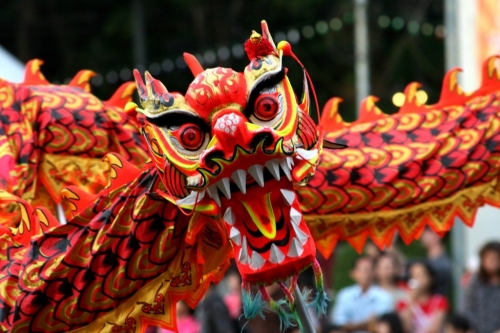
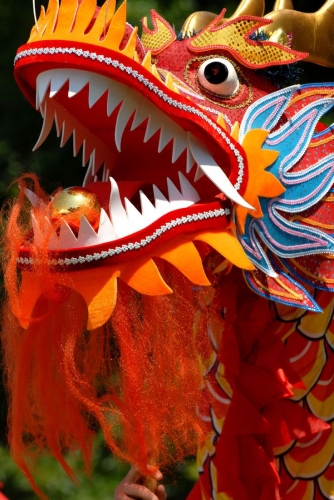 Seen from these vantage points, I have a lot in common with immigrants coming to Germany. Like me, they’re looking for a better life. In contrast to me, however, they believe they can find that better life in Germany.
Seen from these vantage points, I have a lot in common with immigrants coming to Germany. Like me, they’re looking for a better life. In contrast to me, however, they believe they can find that better life in Germany.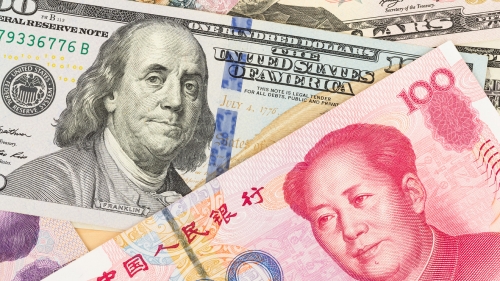
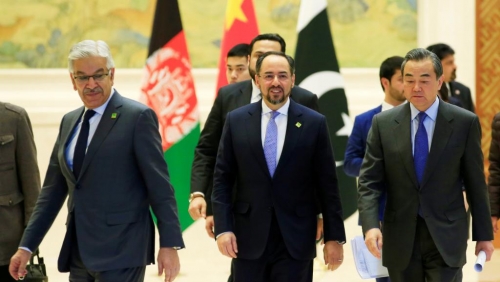
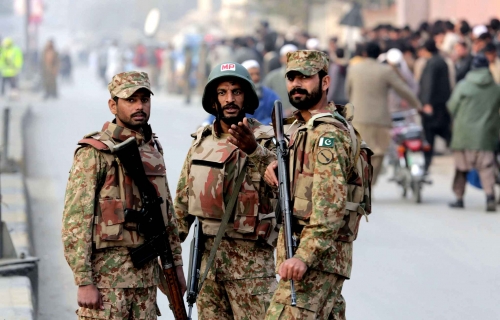

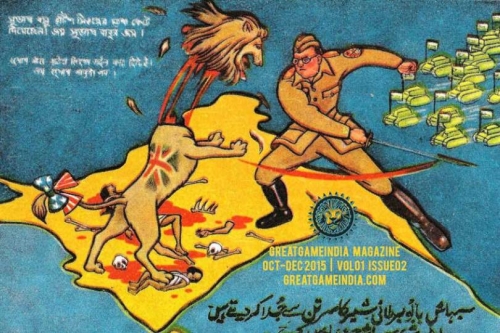
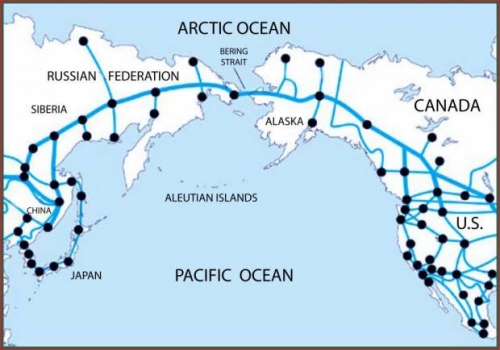
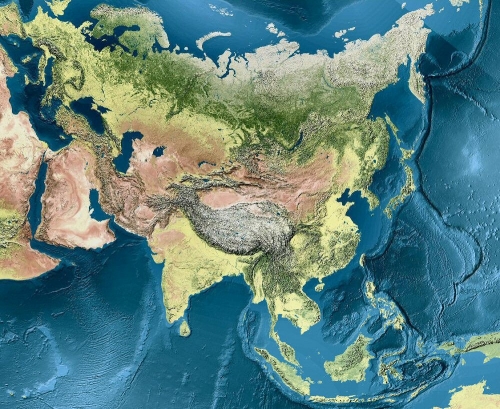
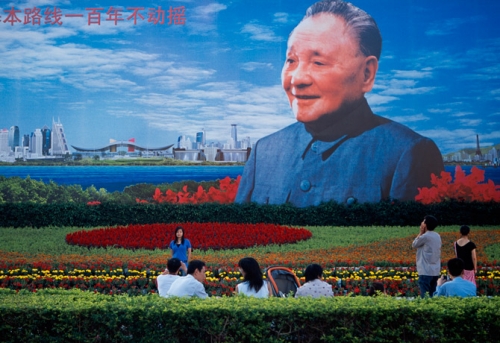


 À l’heure où l’environnement économique et commercial international est de plus en plus complexe et hasardeux, le Comité central du PCC, avec le camarade Xi Jinping comme noyau dirigeant, a lancé en temps opportun le concept de développement innovant, coordonné, vert, ouvert et partagé. M. Xi a indiqué : « Nous devons prendre conscience que l’économie chinoise, en dépit du volume considérable qu’elle représente, n’est pas encore robuste et qu’en dépit de sa croissance très rapide, elle n’affiche pas une qualité optimale. Notre modèle de développement extensif qui misait principalement sur les facteurs de production, en particulier les ressources, pour stimuler la croissance économique et l’expansion du volume économique n’est pas durable. Il est temps d’accélérer notre transformation pour passer d’un développement essentiellement alimenté par les facteurs de production et l’investissement massif à un développement tiré par l’innovation. »
À l’heure où l’environnement économique et commercial international est de plus en plus complexe et hasardeux, le Comité central du PCC, avec le camarade Xi Jinping comme noyau dirigeant, a lancé en temps opportun le concept de développement innovant, coordonné, vert, ouvert et partagé. M. Xi a indiqué : « Nous devons prendre conscience que l’économie chinoise, en dépit du volume considérable qu’elle représente, n’est pas encore robuste et qu’en dépit de sa croissance très rapide, elle n’affiche pas une qualité optimale. Notre modèle de développement extensif qui misait principalement sur les facteurs de production, en particulier les ressources, pour stimuler la croissance économique et l’expansion du volume économique n’est pas durable. Il est temps d’accélérer notre transformation pour passer d’un développement essentiellement alimenté par les facteurs de production et l’investissement massif à un développement tiré par l’innovation. »